Prime lenses are essential tools in photography that offer unparalleled image quality, optical precision, and creative flexibility. This comprehensive article explores the definition, advantages, types, artistic considerations, practical tips, cultural impact, and examples of prime lenses in photography for audiences in the United States.

Understanding Prime Lenses
Prime lenses, also known as fixed focal length lenses, have a single, fixed focal length (e.g., 35mm, 50mm, 85mm) without the ability to zoom in or out. They are celebrated for their optical clarity, maximum aperture capabilities, and precise image rendering, making them favored choices for professional photographers and enthusiasts seeking superior image quality and creative control.
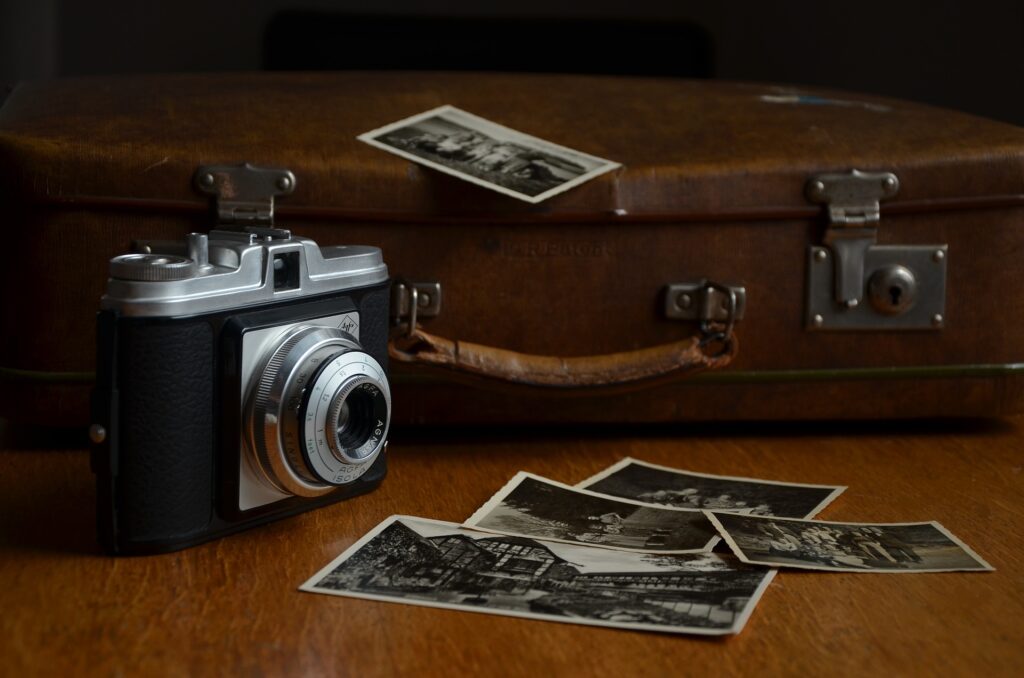
Advantages of Prime Lenses
Optical Quality: Prime lenses are designed with fewer optical elements compared to zoom lenses, resulting in sharper images, reduced optical distortions (e.g., chromatic aberration, barrel distortion), and enhanced color accuracy across various lighting conditions.
Wide Aperture Capabilities: Prime lenses often feature wide maximum apertures (e.g., f/1.4, f/1.8, f/2.8), allowing photographers to achieve shallow depth of field, isolate subjects from backgrounds, and capture low-light scenes with minimal noise or grain, enhancing visual impact and creative expression.
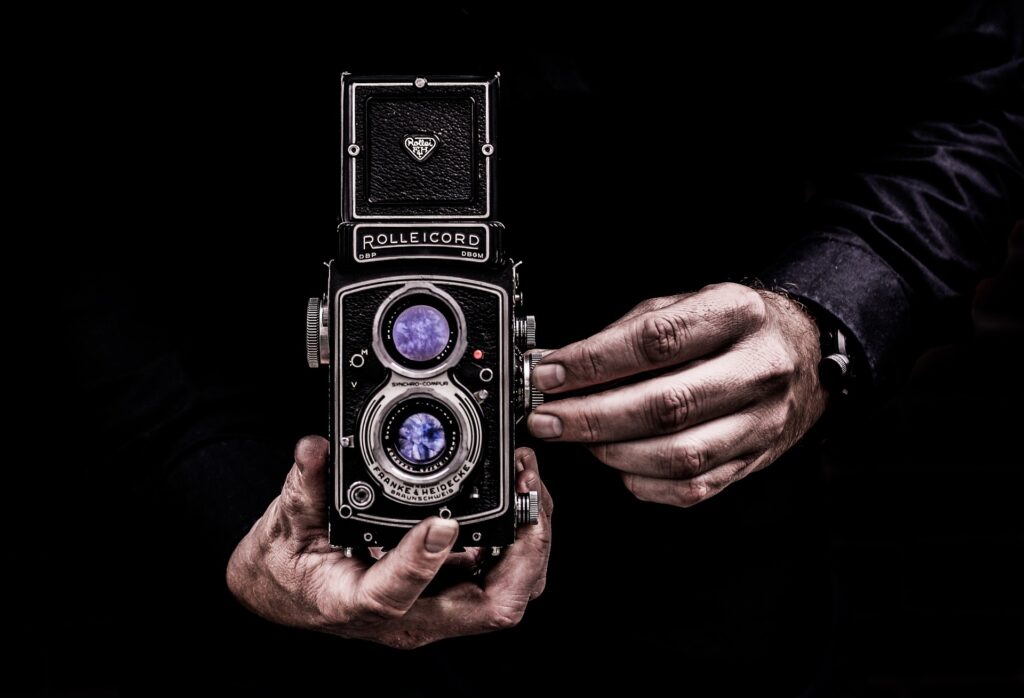
Types of Prime Lenses
Standard Prime Lenses: Standard prime lenses, such as 50mm or 35mm focal lengths, replicate human eye perspective and are versatile for everyday photography, portraits, street photography, and documentary storytelling. They offer natural field of view, balanced perspective, and optimal sharpness for capturing diverse subjects and environments.
Wide-Angle Prime Lenses: Wide-angle prime lenses (e.g., 24mm, 28mm) encompass expansive perspectives, emphasize foreground elements, and capture architectural details, landscapes, or interior spaces with enhanced spatial depth and minimal distortion, ideal for creative compositions and environmental portraits.
Telephoto Prime Lenses: Telephoto prime lenses (e.g., 85mm, 135mm) magnify distant subjects, compress perspective, and isolate details with superior bokeh effects and background separation. They are favored for portrait photography, wildlife, sports, and events, offering exceptional subject isolation and image clarity at longer distances.
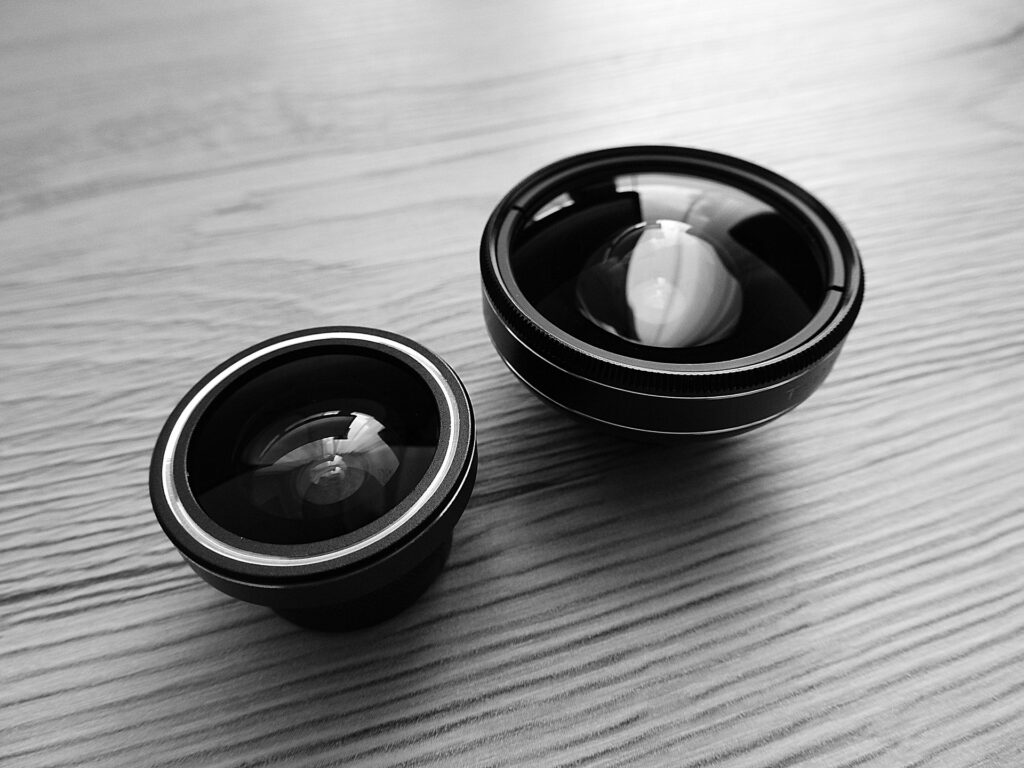
Artistic Considerations
Depth of Field Control: Leverage wide apertures (e.g., f/1.4, f/1.8) to control depth of field, emphasize selective focus on subjects, and create cinematic bokeh effects that enhance visual storytelling, evoke emotions, and draw viewers’ attention to specific details within photographic compositions.
Creative Expression: Experiment with focal length characteristics, lens compression, and aperture settings to interpret scenes, convey mood, and capture intimate moments with authenticity, clarity, and expressive depth unique to prime lens photography.
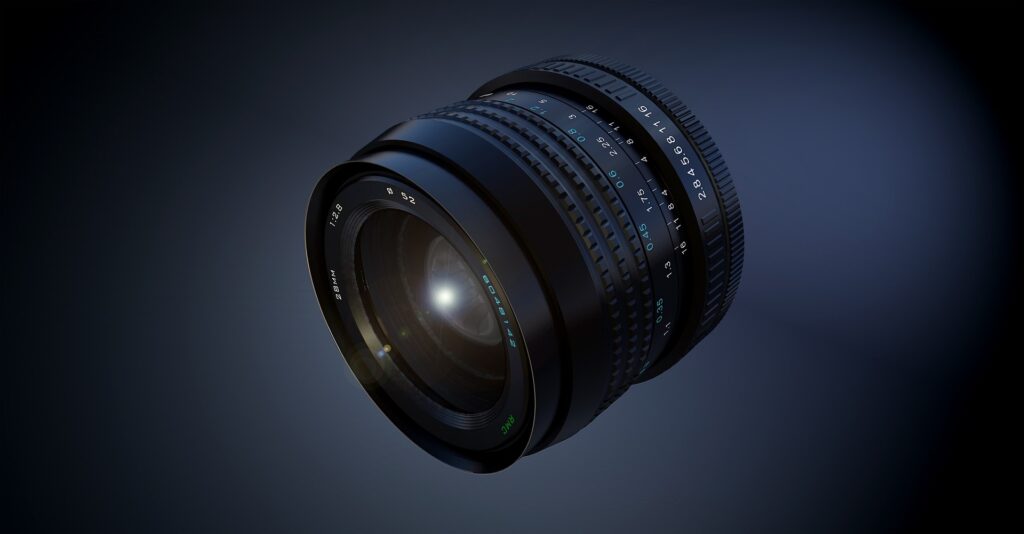
Practical Tips for Using Prime Lenses
Composition and Framing: Explore composition techniques (e.g., rule of thirds, leading lines, symmetry) to maximize prime lens capabilities, frame subjects creatively, and balance visual elements within photographic compositions. Move physically to adjust framing, perspective, and shooting angles for optimal composition precision and narrative impact.
Low-Light Photography: Utilize wide aperture settings and high ISO sensitivity settings to capture sharp, noise-free images in challenging lighting conditions, including indoor settings, nighttime scenes, or artistic environments where natural or ambient light is limited.
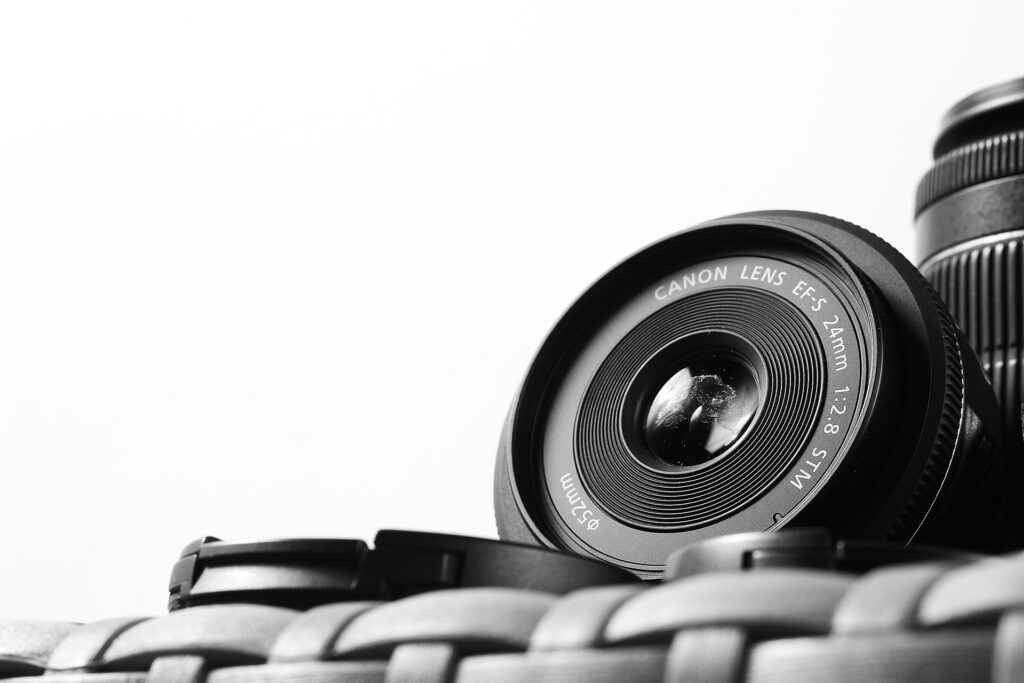
Cultural Impact and Contemporary Use
Photographic Styles: Embrace prime lenses in diverse photography genres, including portrait, street, documentary, fashion, and fine art photography, to capture cultural diversity, human expressions, urban landscapes, and natural environments with authenticity, clarity, and artistic integrity.
Technological Integration: Integrate prime lenses with digital camera systems, autofocus technologies, and image stabilization mechanisms that optimize performance, enhance focusing accuracy, and support creative workflow efficiencies in professional photography assignments, personal projects, or collaborative ventures.

Conclusion
In conclusion, prime lenses embody precision craftsmanship, optical excellence, and artistic versatility in photography, empowering photographers in the United States to elevate visual storytelling, express creativity, and capture moments with unparalleled clarity, depth, and emotional resonance. By embracing prime lenses’ unique characteristics, wide aperture capabilities, and compositional precision, photographers innovate, inspire, and redefine photographic narratives across diverse cultural contexts, professional disciplines, and creative pursuits.
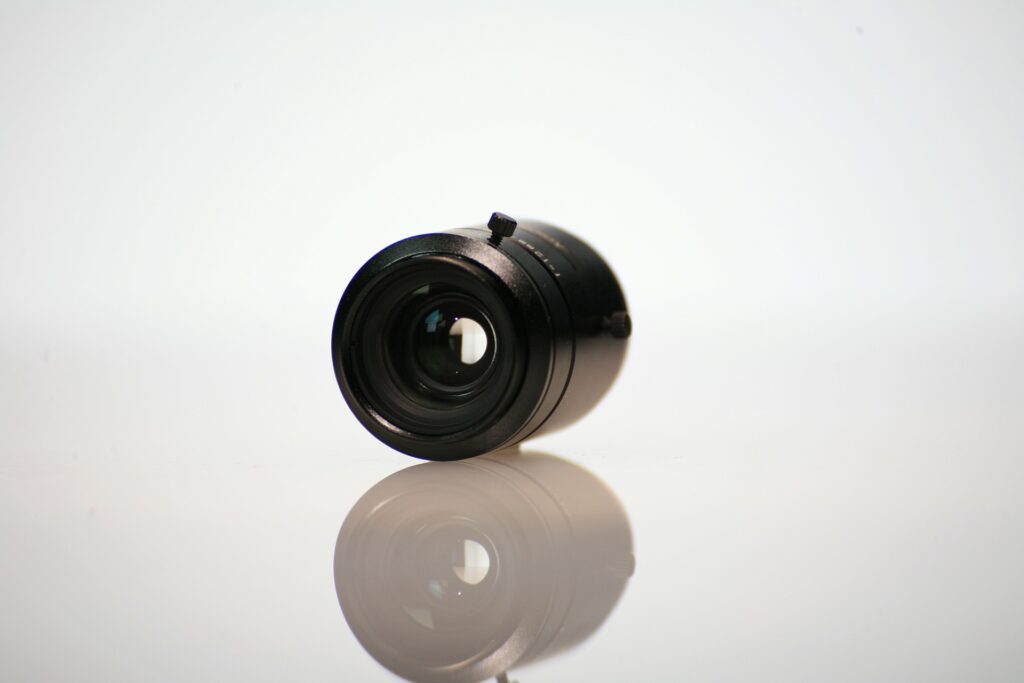
As photographers continue to explore prime lens photography, harness technological advancements, and amplify creative voices in visual storytelling, the future promises limitless opportunities for artistic exploration, cultural documentation, and collective appreciation of prime lenses as indispensable tools for capturing life’s fleeting moments, enduring stories, and evolving perspectives in contemporary photography practices.